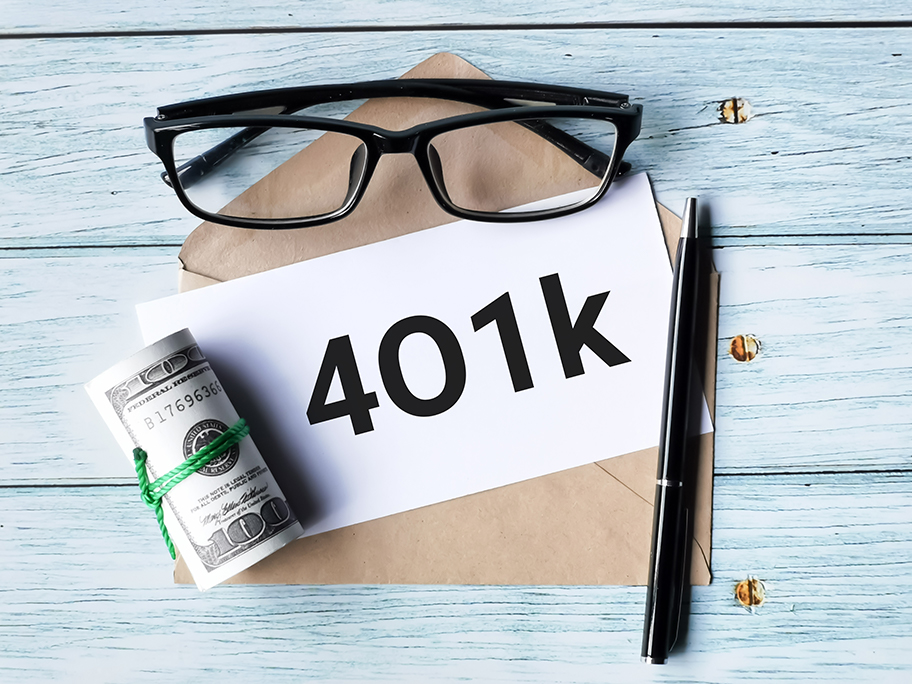 Article published by Forbes.com
Article published by Forbes.com
Written by Janet Novack
“The Internal Revenue Service announced today that young workers will be allowed to contribute up to $22,500 pretax to a 401(k) or similar retirement savings plan in 2023, a $2,000 jump from the current $20,500 limit. Those 50 or older will be permitted to sock away up to $30,000, a $3,000 boost, which includes a $7,500 “catch-up” contribution, up from a $6,500 catch-up in 2022. That means employees who are already contributing the maximum and are able to save more will in effect be able to give themselves a tax cut.”
“At the same time, the IRS said, the limit for contributions to a pre-tax or Roth IRA will rise next year to $6,500, up from the $6,000 level where it has been stalled for four years. Those 50 and older can make an additional $1,000 catch-up contribution to an IRA—a number that is not subject to inflation adjustments.
“Meanwhile, the maximum contribution an employee can make to a Simple IRA Plan—a retirement plan designed for small businesses—will rise to $15,500 in 2023, up from $14,000.
“The contribution limit increases were widely anticipated since they are based on the inflation rate—now running at a 40-year high. According to benefits consultant Mercer, the limit increases are all the largest ever. (The last time inflation was this high, automatic adjustments weren’t a part of the tax code.)
“Last week, the IRS released a slew of other inflation adjustments, including higher standard deductions and tax brackets and increases in the amount of wealth that can be transferred free of gift or estate tax. The Social Security Administration also announced an 8.7% cost of living adjustment for 2023—an automatic benefits boost increase for 70 million Americans.
“The full set of IRS adjustments to retirement plans are available here, in Notice 2022-55.
“Here’s more of what you need to know about the retirement adjustments for 2023.”
Click here to read the remainder of this article.























 Megan Jones joined the ILG Financial team in 2020 as marketing director. Megan and her husband live in Fredericksburg, VA with their German Short Haired Pointer, Gus. Megan is a graduate of Longwood University and holds a degree in communications. Megan is the oldest of Dave Lopez’s three children and not only enjoys working alongside her father, but also with her cousin, Chase, who joined the ILG Financial team in 2020 as an advisor. Megan is also a fully licensed Life, Health, and Annuity agent. When not at work, Megan enjoys sitting on the back porch with family and friends enjoying food and music.
Megan Jones joined the ILG Financial team in 2020 as marketing director. Megan and her husband live in Fredericksburg, VA with their German Short Haired Pointer, Gus. Megan is a graduate of Longwood University and holds a degree in communications. Megan is the oldest of Dave Lopez’s three children and not only enjoys working alongside her father, but also with her cousin, Chase, who joined the ILG Financial team in 2020 as an advisor. Megan is also a fully licensed Life, Health, and Annuity agent. When not at work, Megan enjoys sitting on the back porch with family and friends enjoying food and music. Chase Lopez joined the ILG Financial team in 2020 as an advisor. Chase is a 2016 James Madison University graduate with a degree in management. Chase has been trained under the tutelage of Dave Lopez, who is not only the founder and managing member of ILG Financial, but also is Chase’s uncle and godfather. He also enjoys working alongside his cousin, Megan, who is Dave’s daughter.
Chase Lopez joined the ILG Financial team in 2020 as an advisor. Chase is a 2016 James Madison University graduate with a degree in management. Chase has been trained under the tutelage of Dave Lopez, who is not only the founder and managing member of ILG Financial, but also is Chase’s uncle and godfather. He also enjoys working alongside his cousin, Megan, who is Dave’s daughter. Amy Anderson joined the ILG Financial team in 2023 as the client relations coordinator. Her responsibilities include scheduling of appointments, annual check-up notifications, and annuity and required minimum distribution assistance. She is a graduate of Harding University with a degree in Computer Information Systems. Amy and her husband have two children and she enjoys reading, crocheting, music and spending time with her family.
Amy Anderson joined the ILG Financial team in 2023 as the client relations coordinator. Her responsibilities include scheduling of appointments, annual check-up notifications, and annuity and required minimum distribution assistance. She is a graduate of Harding University with a degree in Computer Information Systems. Amy and her husband have two children and she enjoys reading, crocheting, music and spending time with her family. Jessica Carson joined the ILG Financial team in 2018 as an agent. Jessica and her husband have four children, two dogs, 3 barn cats, 5 chickens, and three parakeets. She indeed loves her children and pets! When not at work, Jessica enjoys playing the piano and cello as well as traveling and spending time outside with her family, hiking, fishing, and boating.
Jessica Carson joined the ILG Financial team in 2018 as an agent. Jessica and her husband have four children, two dogs, 3 barn cats, 5 chickens, and three parakeets. She indeed loves her children and pets! When not at work, Jessica enjoys playing the piano and cello as well as traveling and spending time outside with her family, hiking, fishing, and boating. Terri Center joined the ILG Financial team in 2019 as client services manager. She handles client records, application processing, and gathering information to provide a professional and friendly experience with all of our clients. Terri is a graduate of Oakland University. She is married and has two children. She enjoys hiking, family time, and puzzle challenging video games. She also likes to share her creativity in her canvas paintings and sewing projects.
Terri Center joined the ILG Financial team in 2019 as client services manager. She handles client records, application processing, and gathering information to provide a professional and friendly experience with all of our clients. Terri is a graduate of Oakland University. She is married and has two children. She enjoys hiking, family time, and puzzle challenging video games. She also likes to share her creativity in her canvas paintings and sewing projects.